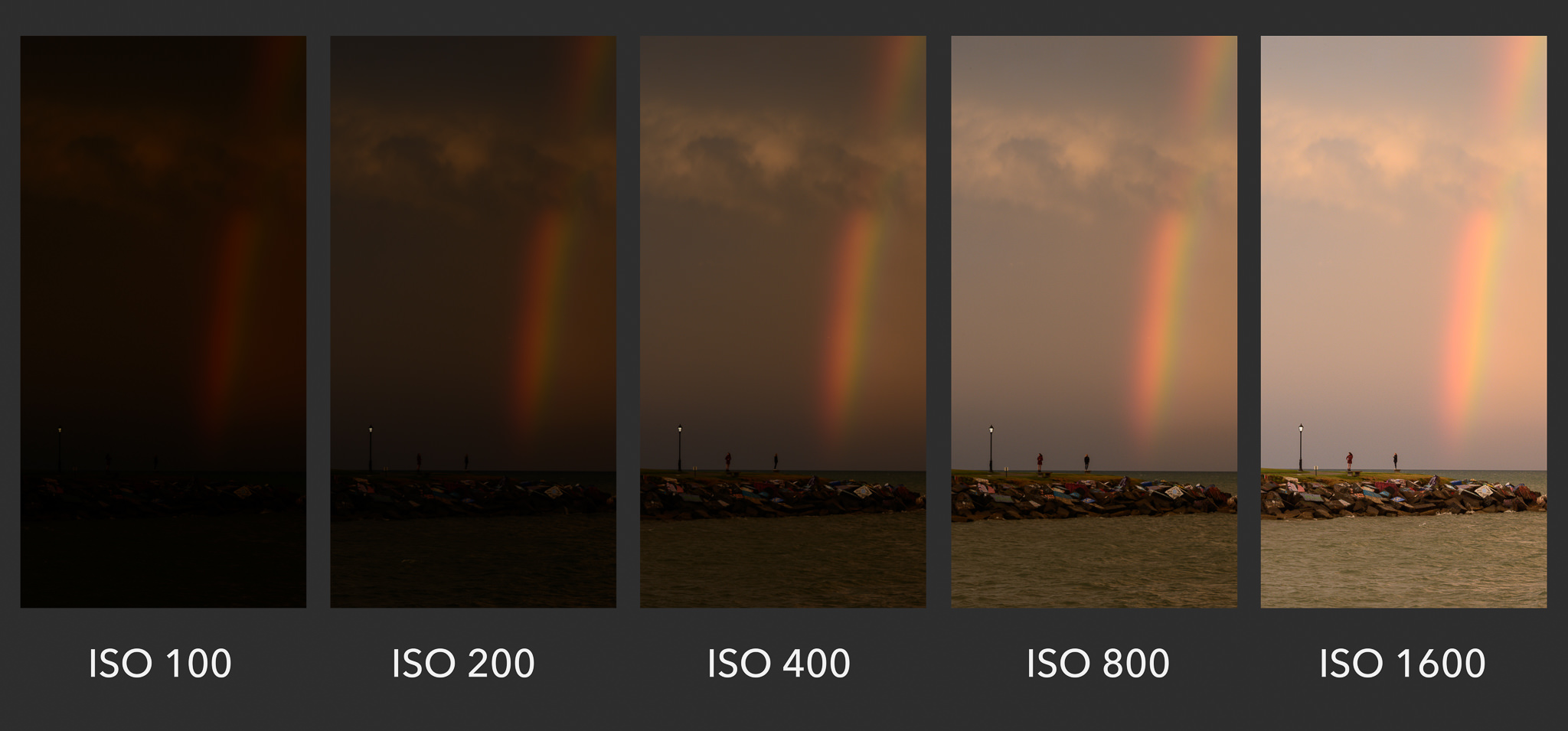To make it effective, turn the light up to 6 to begin with and see how the light is affecting the photo.
Remember to move the model and/or light if necessary.
The images above and below shows an image of silhouette photography. To get this image we used one softbox light on setting 5. The ISO on your camera has to be relatively low in order for the model to appear as a silhouette. Due to the angle at which the photo was taken, we can see a slight shine of the model's lips. However, other than that we are just left with an outline of the model. These images were also taken in monochrome mode (black and white).
This image was taken in vivid mode (colour). We also had an assistant holding a white polyboard to the right side of the model's face to reflect the light onto the front. This gives you the effect of having one side of the face in the light and one not. The settings on the light and camera have not changed.
This image is taken in the same way as the one above, however, the camera is now on monochrome mode.








